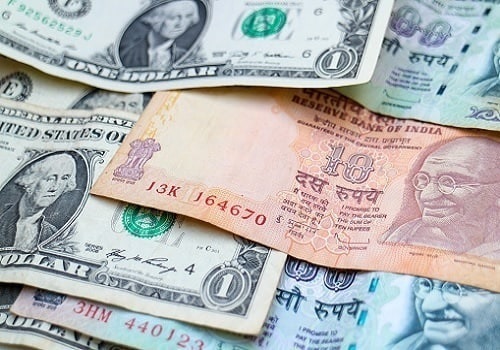Fragile yen tests 1998 low, sterling cautiously steady

Follow us Now on Telegram ! Get daily 10 - 12 important updates on Business, Finance and Investment. Join our Telegram Channel
The yen floundered near a fresh 24-year low on Thursday, while sterling held onto overnight gains as investors skittishly await an impending deadline for the end of the Bank of England's emergency bond-buying programme.
The yen hit a trough of 146.98 per dollar overnight - its lowest since August 1998 - and last traded at 146.82.
The yen is within a whisker away from its August 1998 low of 147.64 per dollar, and well past last month's low of 145.90 per dollar which prompted Japanese authorities to intervene to buy the yen.
"It's lost its safe haven appeal," said Rodrigo Catril, a senior currency strategist at National Australia Bank.
"There's been this sense of cautiousness around that previous high (for dollar/yen) ... now they've punched through it, and therefore it feels like you have a little bit more room to keep going, because there hasn't been any intervention."
Sterling eased 0.03% to $1.1095, stabilising after a sharp rebound in the previous session.
It rallied 1.25% on Wednesday after the Financial Times reported that the BoE has signalled privately to lenders that it was prepared to extend its emergency bond-buying programme beyond Friday's deadline if market conditions demanded it, though the central bank reiterated on Wednesday that its programme of temporary gilt purchases will end on Oct. 14.
Meanwhile, Britain's new government said on Wednesday that it would not reverse its vast tax cuts or reduce public spending - a plan which has wreaked havoc in the country's financial markets and pension industry.
UK pension schemes are racing to raise hundreds of billions of pounds to shore up derivatives positions before the BoE's Friday deadline.
Elsewhere, the euro gained 0.01% to $0.9702, while the antipodean currencies were nursing losses after having fallen to fresh multi-year lows earlier in the week.
The Aussie was up 0.14% at $0.6287, after sliding to a 2-1/2-year low of $0.62355 in the previous session.
The kiwi inched up 0.06% to $0.5611, not far from its trough of $0.5536 hit on Tuesday, the lowest level since March 2020.
U.S. inflation figures out later on Thursday are in the spotlight, with the data expected to reinforce bets that the Federal Reserve will continue to tighten policy aggressively.
Core inflation is projected to rise 6.5% year-on-year in September. Overnight, data showed that U.S. producer prices increased more than expected last month.
The U.S. dollar index firmed at 113.27.
"Details are going to be the ones that matter here ... and the drivers behind the core (reading) will be super important," said NAB's Catril.
"It will require a significantly lower number to change the rhetoric from the Fed, and we don't see that at the moment."
Minutes from the Federal Reserve's policy meeting last month showed that officials agreed they needed to raise interest rates to a more restrictive level - and then maintain them there for some time - to meet their goal of lowering "broad-based and unacceptably high" inflation, even as the minutes contained a hint of a downshift in the pace of future monetary tightening.












 320-x-100_uti_gold.jpg" alt="Advertisement">
320-x-100_uti_gold.jpg" alt="Advertisement">












